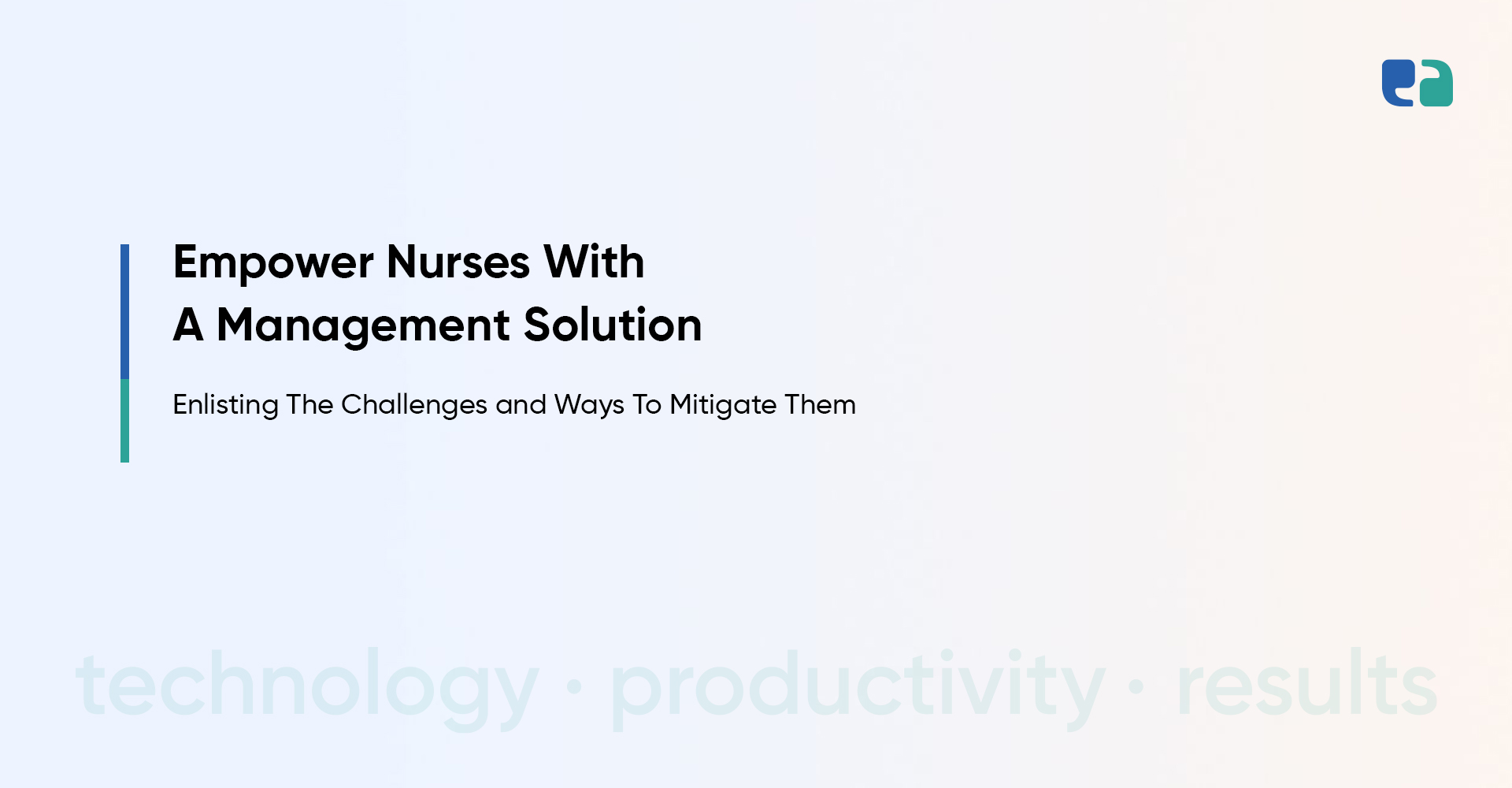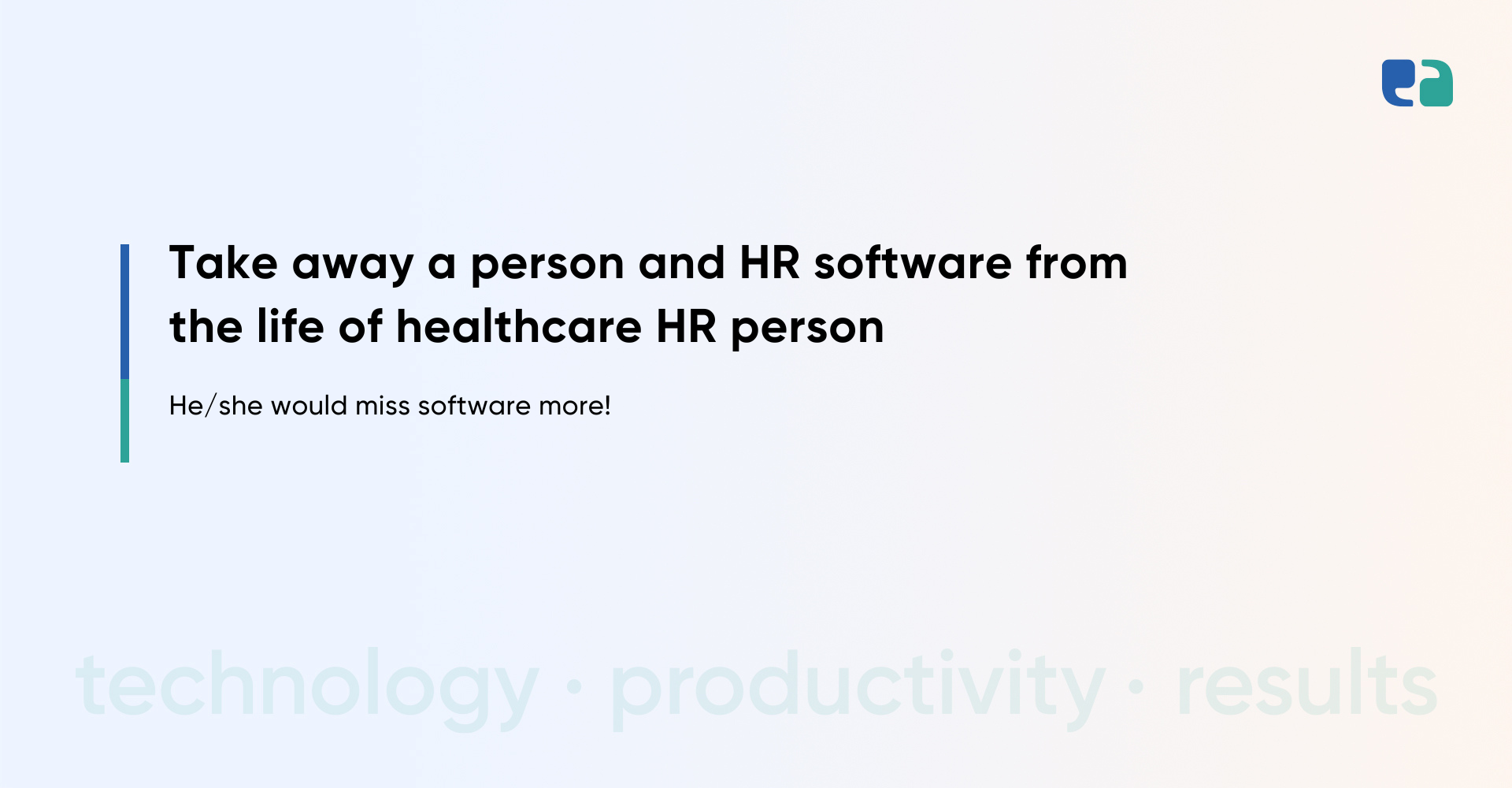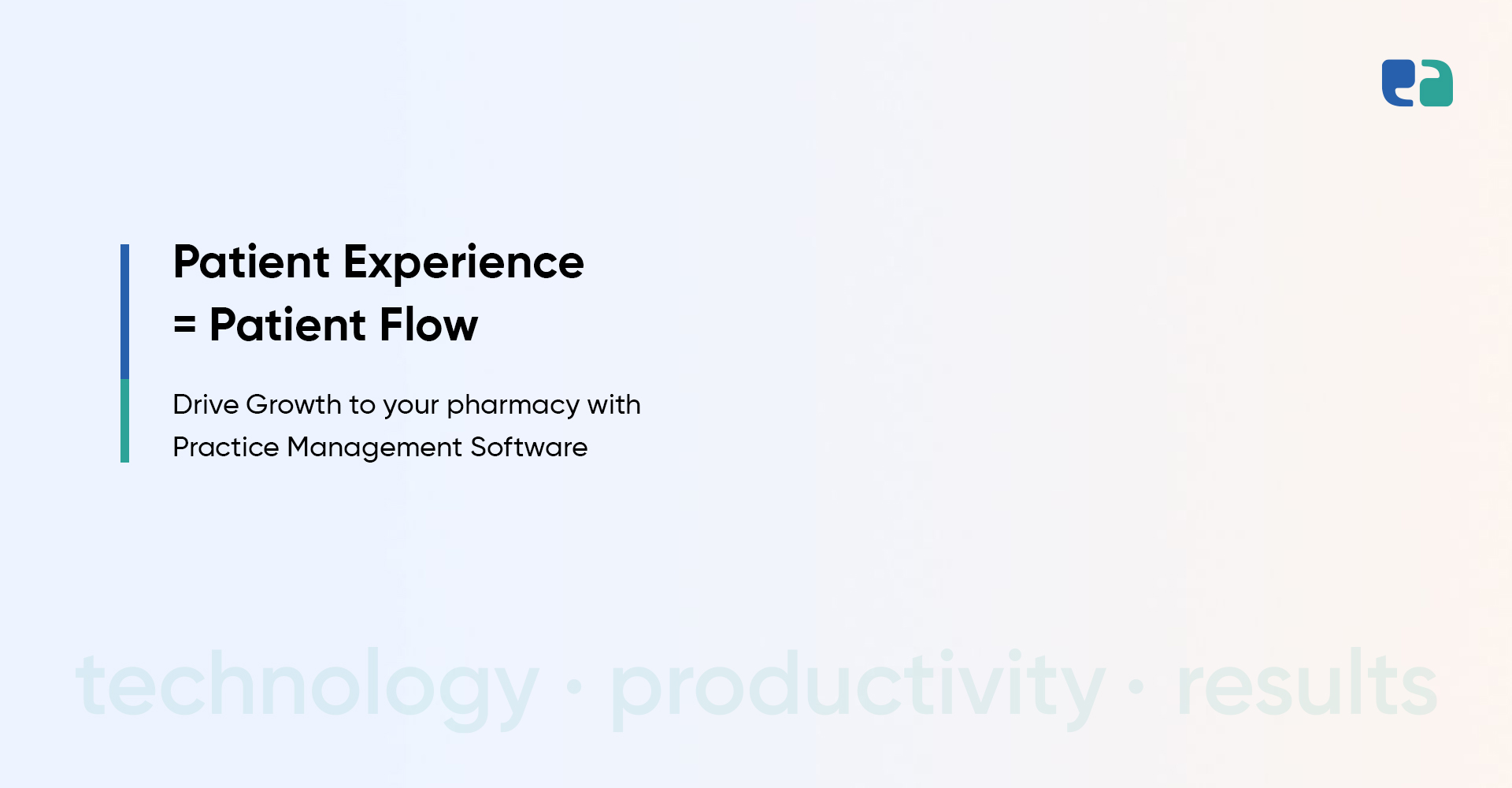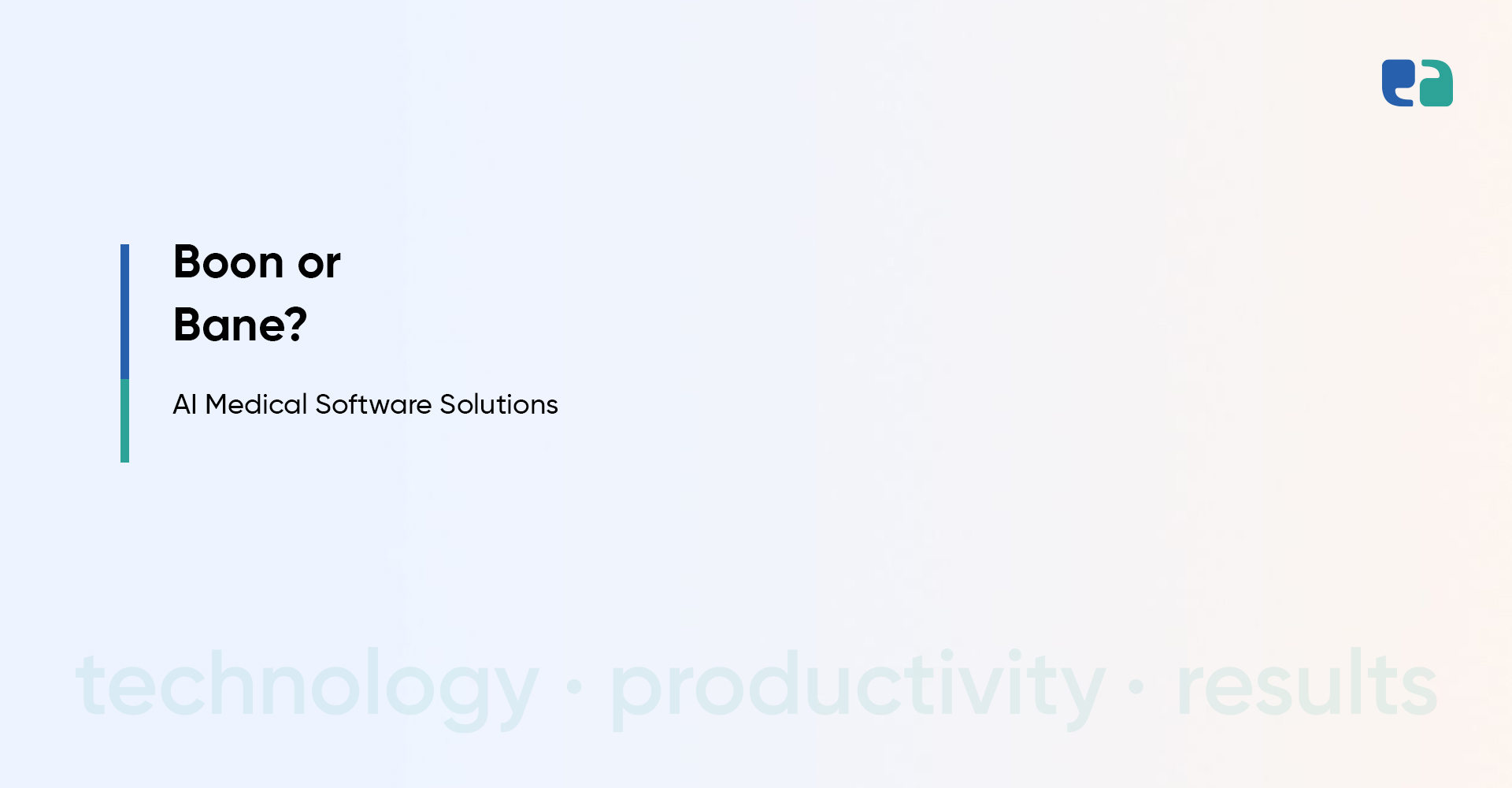Nurses play a crucial role in patient care and promoting overall well-being.
They are an essential pillar of the healthcare system.
However, the nursing profession is facing a significant challenge:
Widening workforce gap.
Due to the aging population and increasing healthcare needs, the demand for nursing services is proliferating.
Though some healthcare organizations could rebuild their nursing workforces, there still needs to be more than 200,000 to 450,000 nurses in the United States.
To address this gap, it is crucial to redesign the nurses’ workload and find innovative ways to optimize resources and time.
The Reason Behind Nurses Leaving Their Jobs
According to a report of March 2023, around 2 million of 4.2 million i.e. 45% of nurses reported that they were likely to leave their job in the next six months.
The potential reasons behind them changing or leaving their jobs can be:
The Highlights of the 2023 AMN Healthcare Survey
- The nurses’ career satisfaction dropped to 71% in 2023 from 80-85%
- 36% of nurses working in a hospital say they’ll look for a new place to work as a nurse
- 15% of hospital nurses say that they’ll continue working as they’re working now
- Due to the pandemic, 30% of nurses are likely to leave their career
- 4 out of 5 nurses say that they face a great ordeal of stress at work resulting in their mental health being affected
- 94% of nurses agree that there’s a shortage of nurses in the industry
- 80% of the nurses think that the shortage is going to get worse
How Can You Mitigate These Nursing Challenges?
Streamline Your Nursing Workflow with Automation and Management Solutions
Based on the survey conducted by AMN Healthcare, healthcare providers will have to invest in technology and effectively delegate tasks to the nurses.
To strengthen the nursing pipeline, the providers must ensure that the nurses get professional development opportunities along with mental and emotional wellness support.
As discussed, automation and technology can help mitigate these nursing challenges.
And we’ve done just the same for you.
We’ve developed a nursing software and application.
Are you Planning to Develop a Solution for Managing and Retaining Nurses? Here’s How We Can Help.
We’re an Ontario-based healthcare-focused IT company.
With our dedicated healthcare app developers, designers, business analysts, and compliance specialists, we build feature-rich healthcare IT for different healthcare providers.
We put extra emphasis on compliance and thus we accommodate in-house compliance specialists who work parallel with development teams to address all technical requirements of applicable data privacy laws.
What we provide extra to our healthcare clients is peace of mind by solving all of their technical, business, and compliance challenges.



